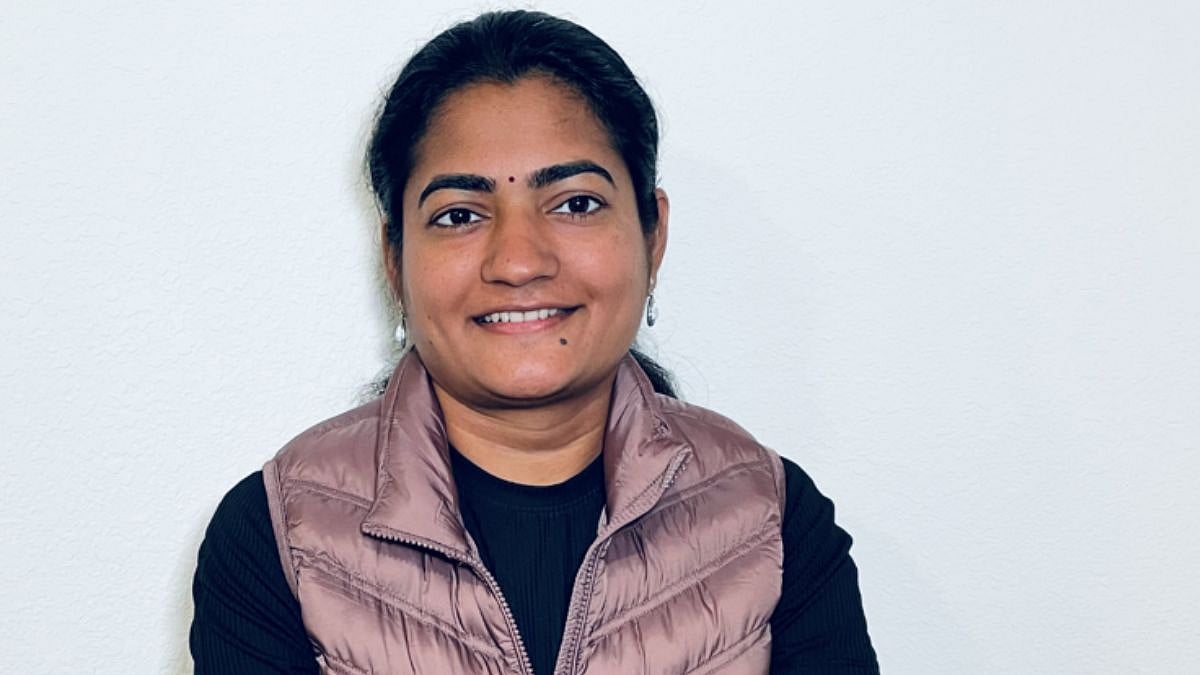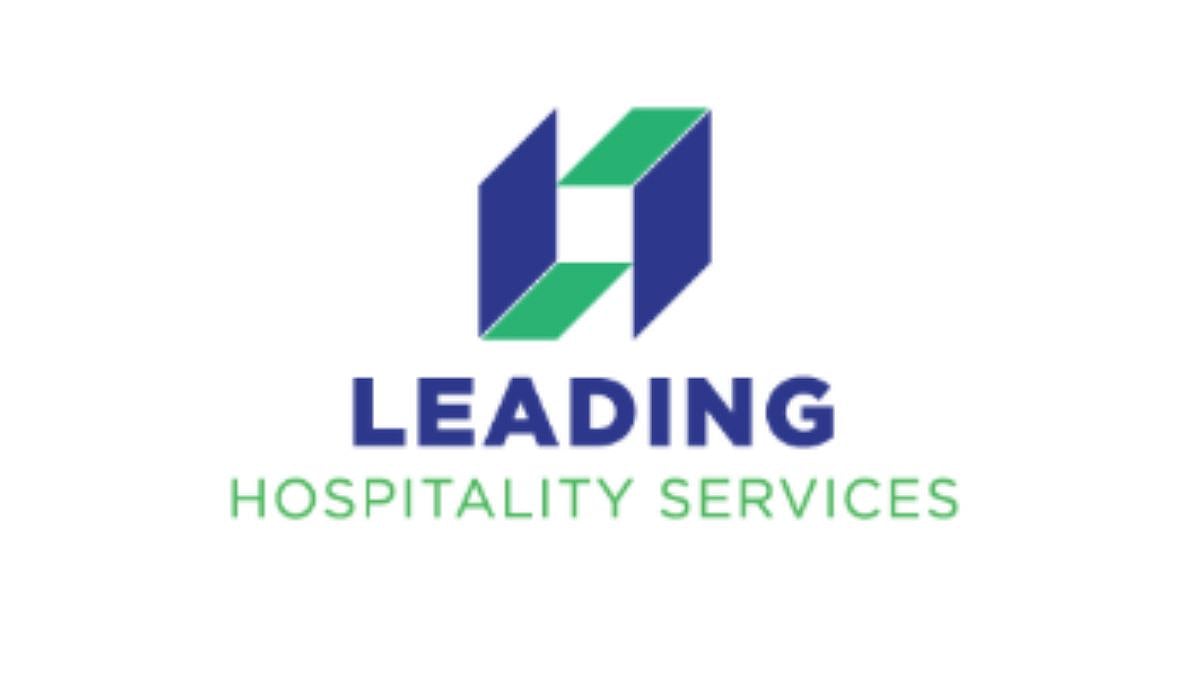The performance of artificial intelligence includes the interplay of software and hardware. Rajalakshmi Srinivasaraghavan, an experienced software engineer working in AI optimization, has built her career on the interplay of building hardware capabilities and software performance. Her work shows how collaboration between hardware and software teams is required to unlock the full potential of next-generation processors.
AI performance doesn’t begin at the application layer; it starts deep within the silicon. IBM’s POWER10 processor is a good example. Designed with advanced features such as Matrix Math Assist (MMA) and high-throughput vector engines, POWER10 offers powerful acceleration for AI workloads. However, as Rajalakshmi explains, hardware alone isn’t enough unless the software designed to make use of these features is present from day one. This is where “co-design” comes in.
Rajalakshmi played a central role in this process by leading the optimization of key AI libraries like OpenBLAS and ONNX Runtime tailored for POWER10, ensuring they were ready at hardware launch. She began working with simulators before silicon was available, tuning performance-critical paths and aligning them with the processor’s architectural strengths. This early integration enabled immediate acceleration of inferencing and training workloads across customer applications.
The early insight into hardware instructions testing with simulators allowed her to identify bottlenecks and guide hardware teams with actionable feedback. Simulation-based tuning, bridges the gap between design and deployment, making it a powerful tool for delivering high-impact, production-ready AI software.
Her work did not stop at coding. Rajalakshmi also prioritized which libraries to optimize based on real-world usage patterns, ensuring that engineering time translated into maximum value for enterprise AI systems. This approach, which she describes as “silicon-to-systems,” reflects a broader strategy, one that recognizes that AI performance is not simply a hardware challenge but a system-level problem requiring planning and execution to deliver performance.
By implementing continuous integration (CI) builds across a wide set of packages, the team streamlined testing and integration workflows. This automation reduced manual overhead, improved reliability, and freed up resources to focus on core development tasks. This increased overall productivity and accelerated the pace of software optimization pipeline. Rajalakshmi’s added new optimizations to AI libraries to harness the POWER10 hardware's Matrix Math Assist (MMA) feature, enabled improved performance and efficiency for AI inference workloads. These enhancements ensured better utilization of the accelerator capabilities built into the architecture.
This success came with its own considerations. Simulation runs, though invaluable for early testing, are time-consuming and produce massive trace files, making analysis challenging and slow. Efficient debugging and performance evaluation require significant effort due to the volume and complexity of generated data. Debugging and performance evaluation demanded long hours and a deep understanding of complex data outputs. Integrating new datatypes into the AI libraries added another layer of difficulty, requiring meticulous design, compatibility checks, and extensive validation to ensure smooth functionality across multiple use cases. Overcoming these challenges demanded deep understanding and coordination across multiple components.
From silicon to systems, Rajalakshmi believes that true AI optimization is a journey of collaboration, foresight, and precision. She also tells us that new AI accelerators are emerging with dedicated software stacks designed to fully leverage advanced hardware capabilities, enabling streamlined development and optimized performance.
From working with simulators before silicon existed to optimizing libraries for enterprise-scale AI, Rajalakshmi Srinivasaraghavan’s career demonstrates that the path to AI efficiency starts at the chip and extends all the way to the systems that depend on it. Her work inspires us to look deeper, down to the silicon itself, to unlock new levels of performance.




.jpg)





